
OR
Sixth Nepal-Africa Film Festival from Sept 18
Published On: September 13, 2017 03:24 PM NPT By: Republica | @RepublicaNepal
KATHMANDU, Sept 13: Sixth Nepal-Africa Film Festival -2017 is taking place here from September 18-20.
College of Journalism and Mass Communications (CJMC) is organising the festival, according to festival managing director Dr Manju Mishra.
The objective of the festival is to provide a platform for cultural and touristic exchanges between Nepal and Africa.
Nine short films made on the themes of socio-cultural life experiences of nine countries including Nepal, Uganda, Rwanda, Senegal, and India will be screened in the festival to be held at Kamalpokhari-based Russian Centre of Science and Culture. RSS
You May Like This
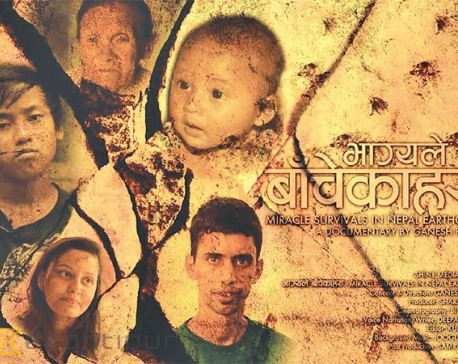
Film on Nepal quake survivors to be screened at Shimla Film Festival
SHIMLA, Sept 7: Ganesh Panday's "Nepal Earthquake: Heroes, Survivors and Miracles" and Graham Colin's "Outcast" are among 54 films to... Read More...
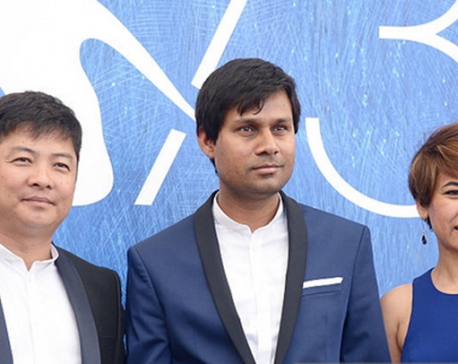
Nepali film ‘White Sun’ premiered at Venice Film Festival
KATHMANDU, Sept 7: Nepali film ‘White Sun’ has been premiered at the Venice International Film Festival. ... Read More...

4th Nepal Human Rights Int’l Film Festival kicking off today
KATHMANDU, June 10: The 4th Nepal Human Rights International Film Festival is kicking off on Friday, June 10. Organized by... Read More...
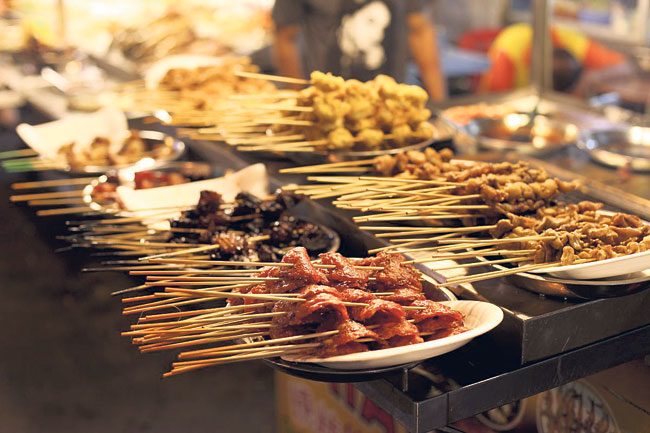
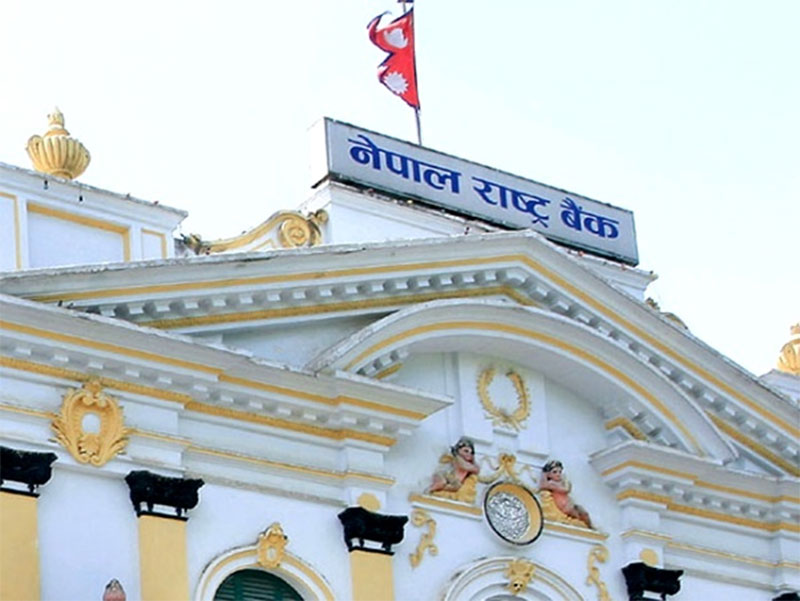
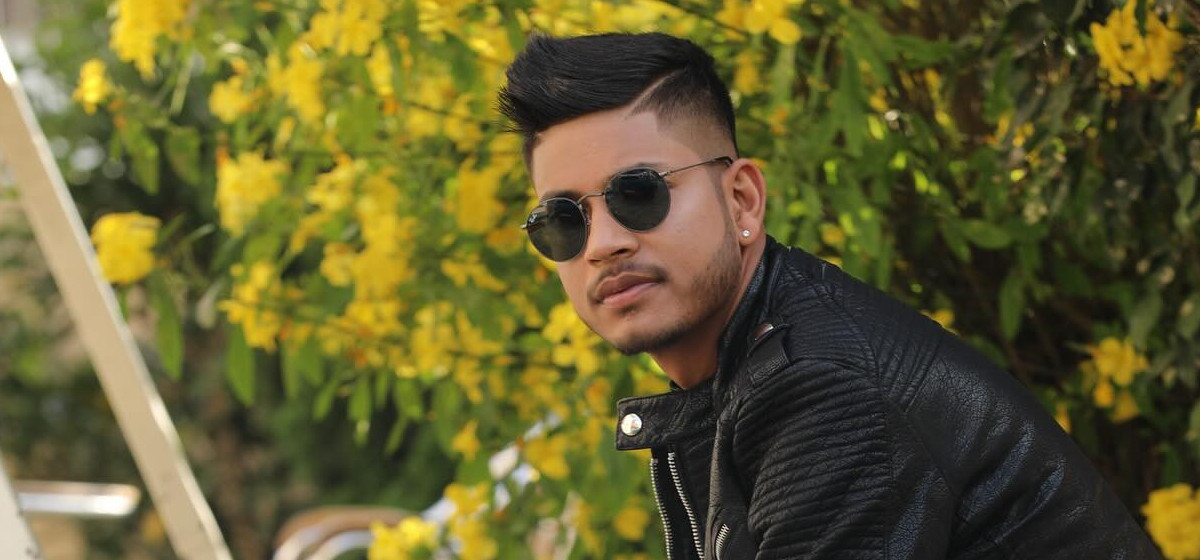
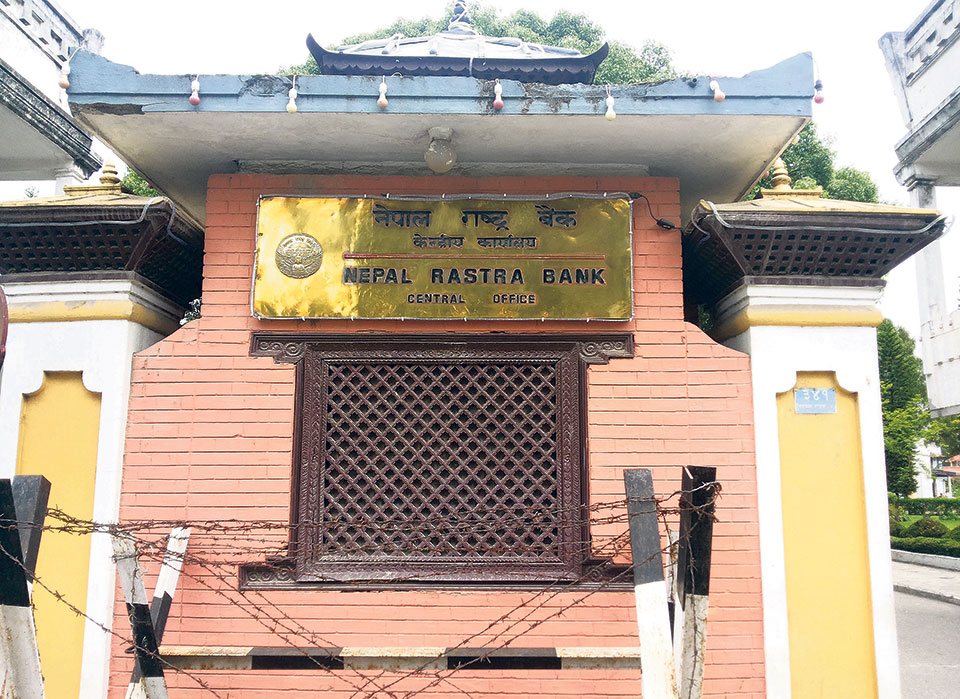
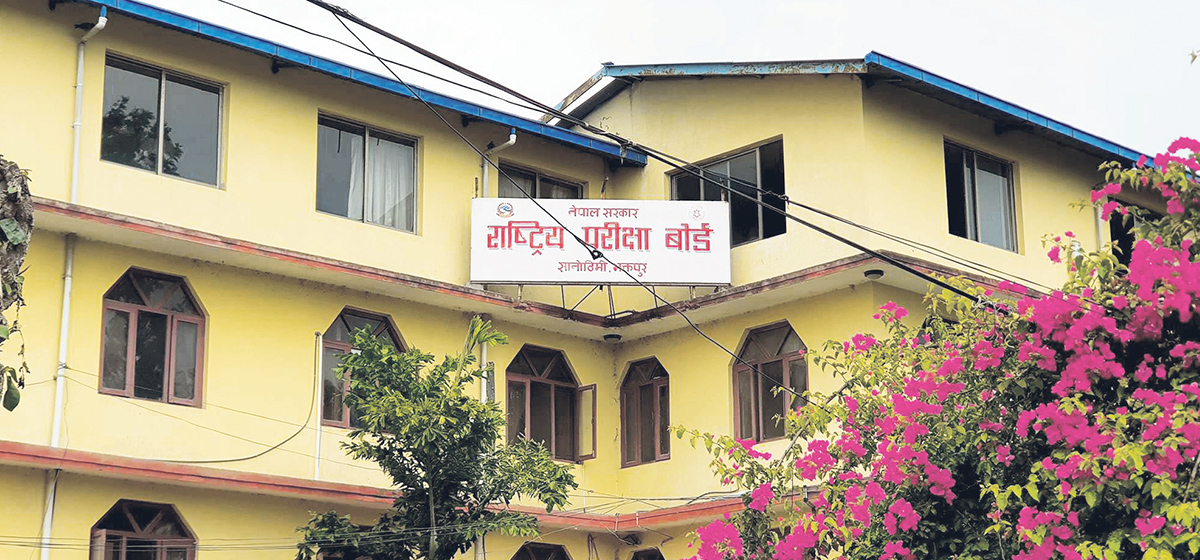
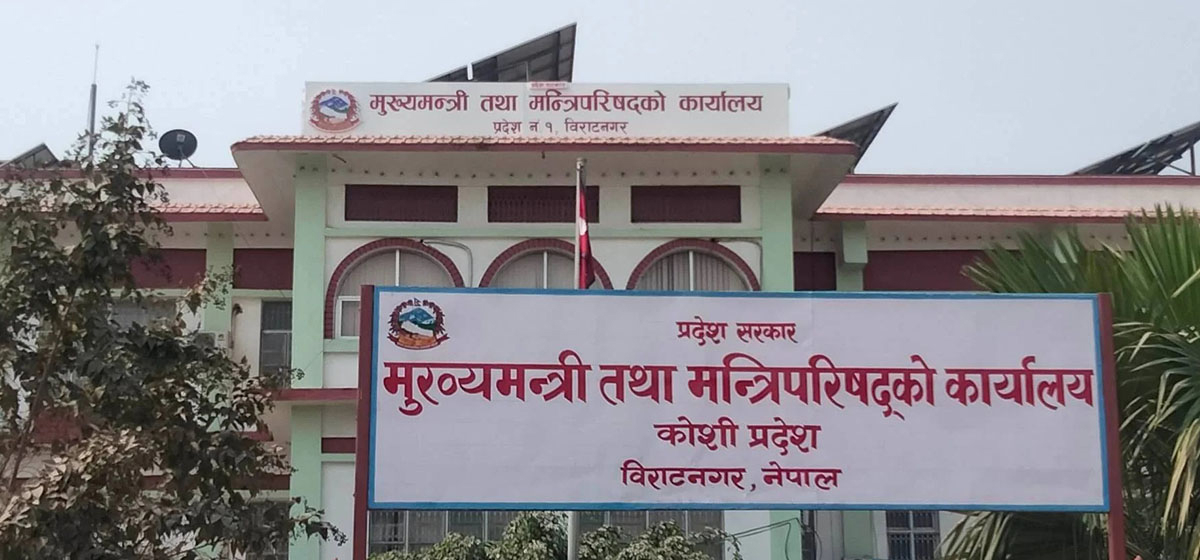
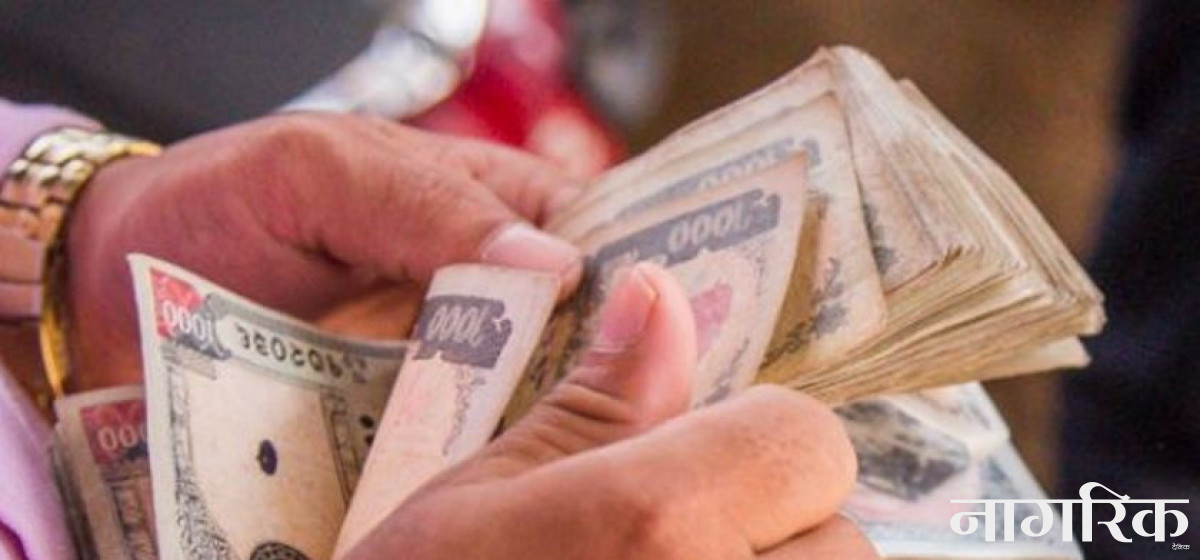
Just In
- NRB to provide collateral-free loans to foreign employment seekers
- NEB to publish Grade 12 results next week
- Body handover begins; Relatives remain dissatisfied with insurance, compensation amount
- NC defers its plan to join Koshi govt
- NRB to review microfinance loan interest rate
- 134 dead in floods and landslides since onset of monsoon this year
- Mahakali Irrigation Project sees only 22 percent physical progress in 18 years
- Singapore now holds world's most powerful passport; Nepal stays at 98th



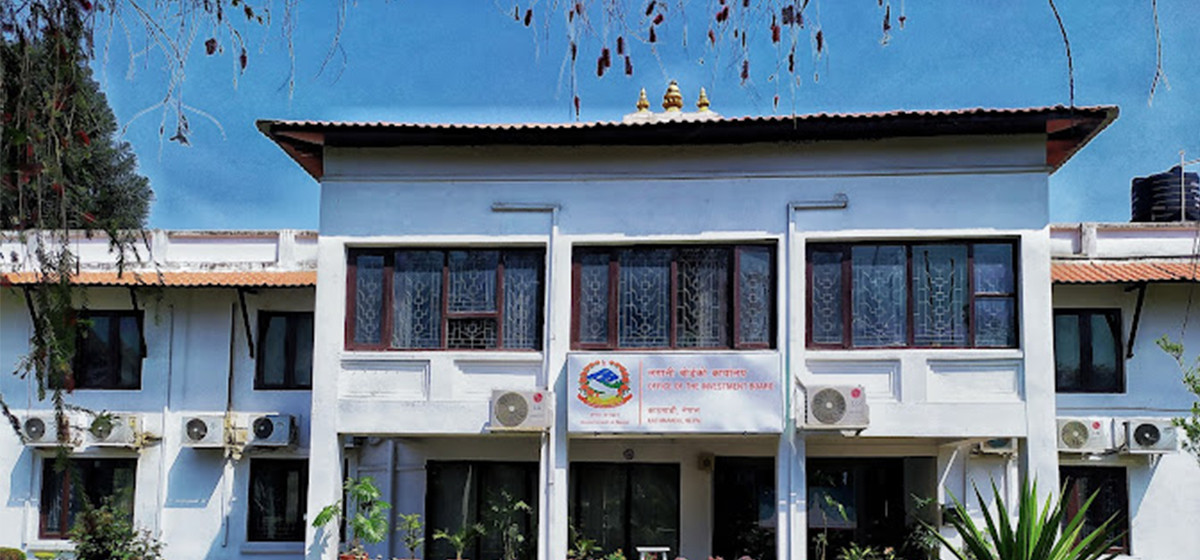
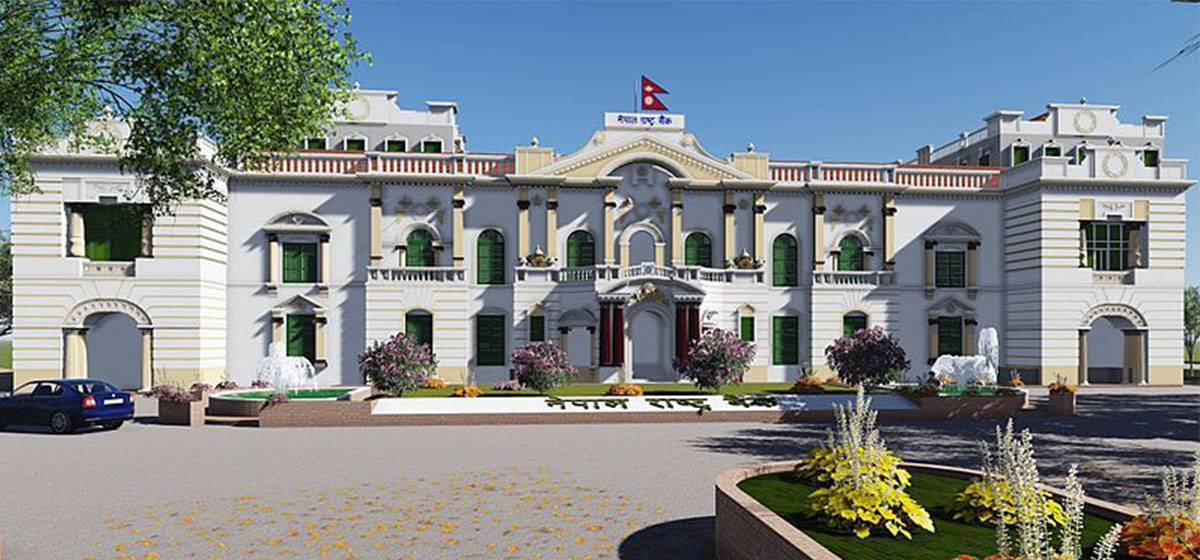

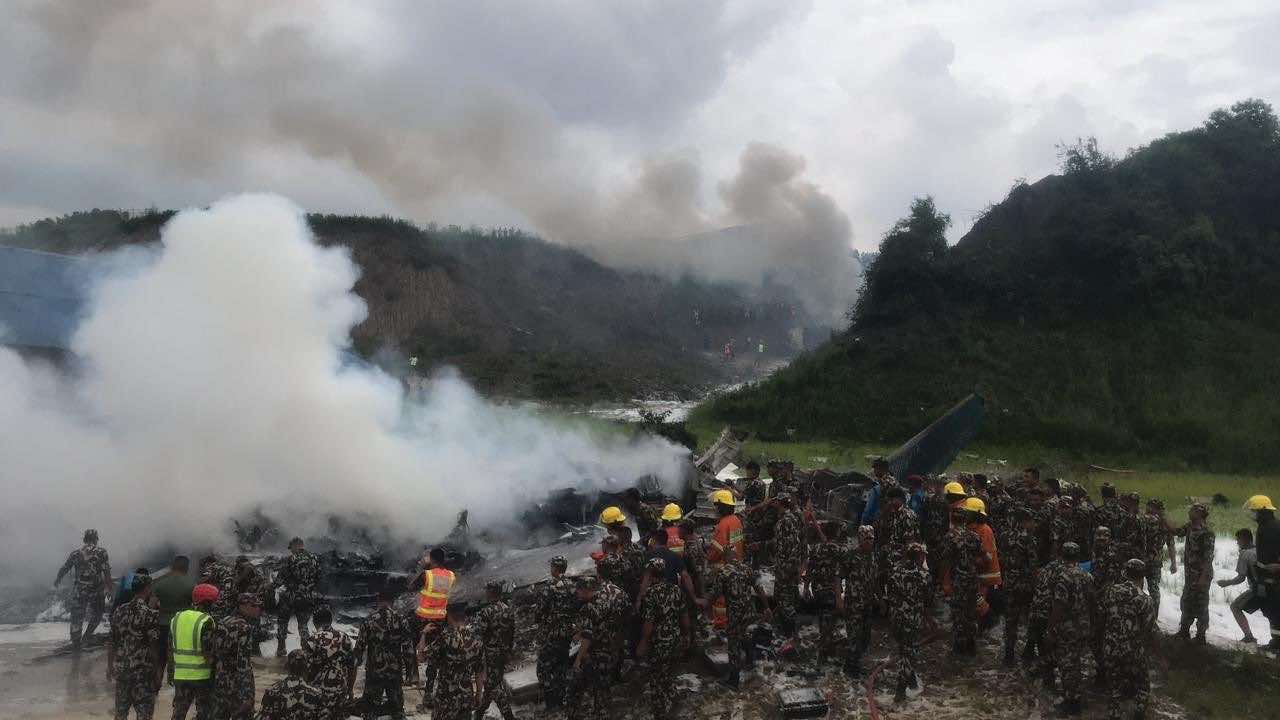


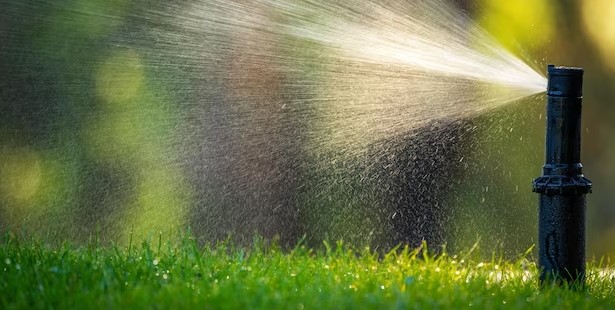
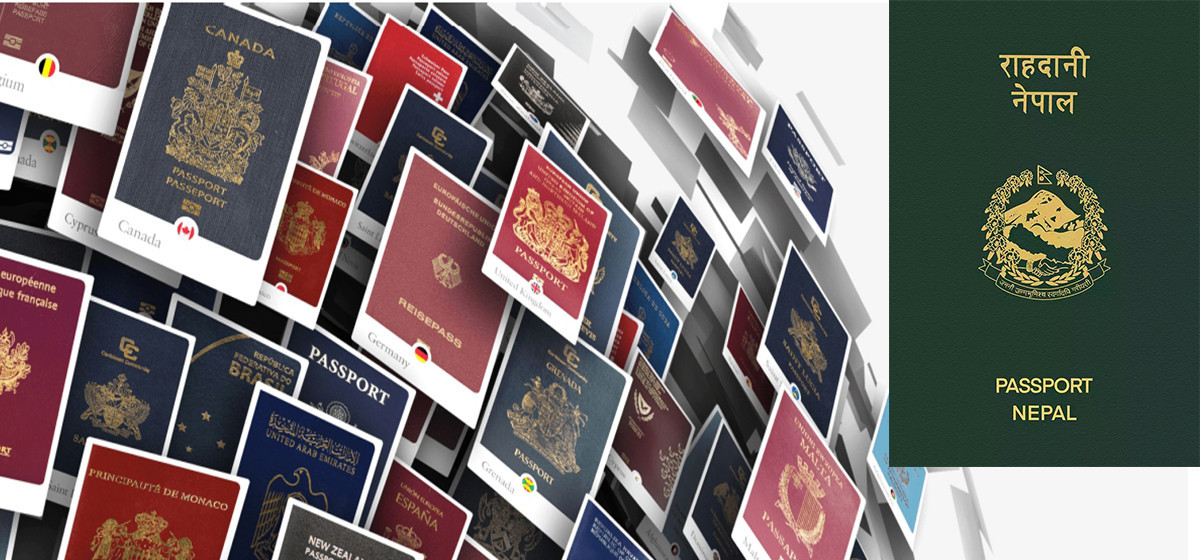
Leave A Comment